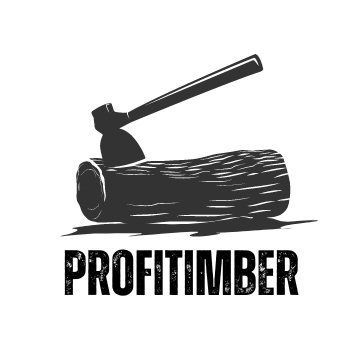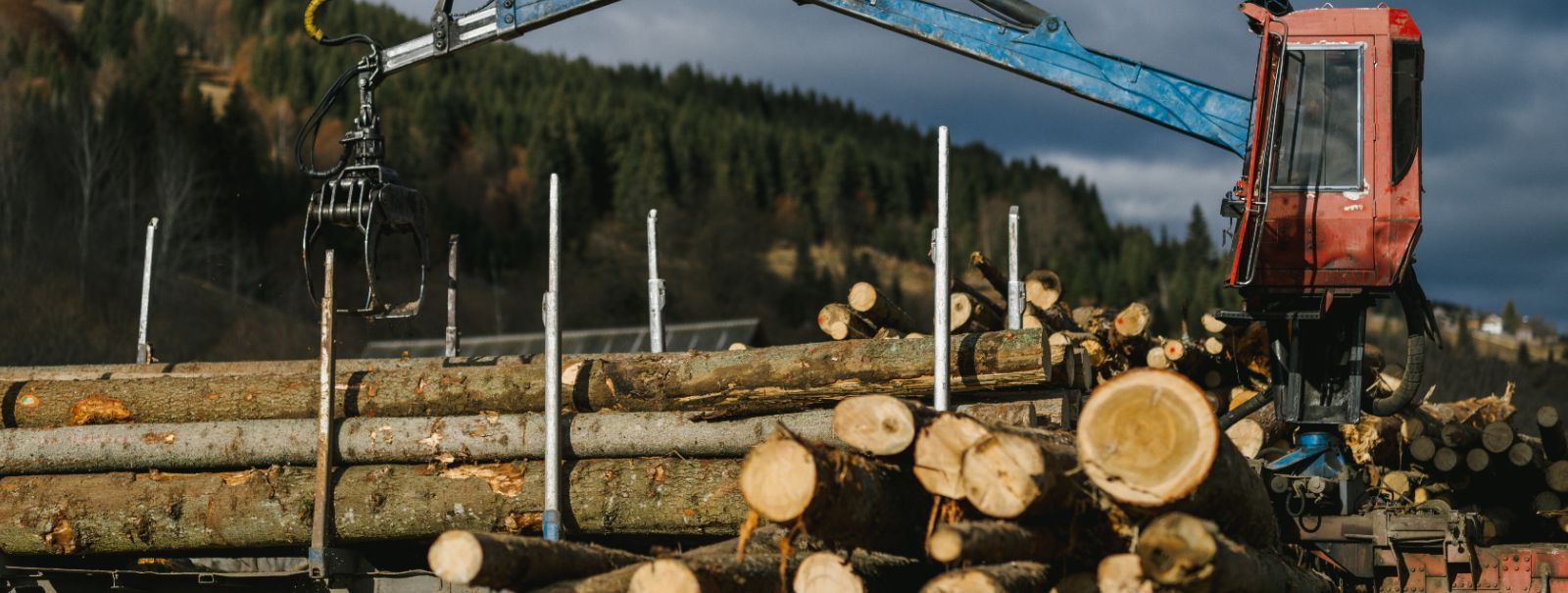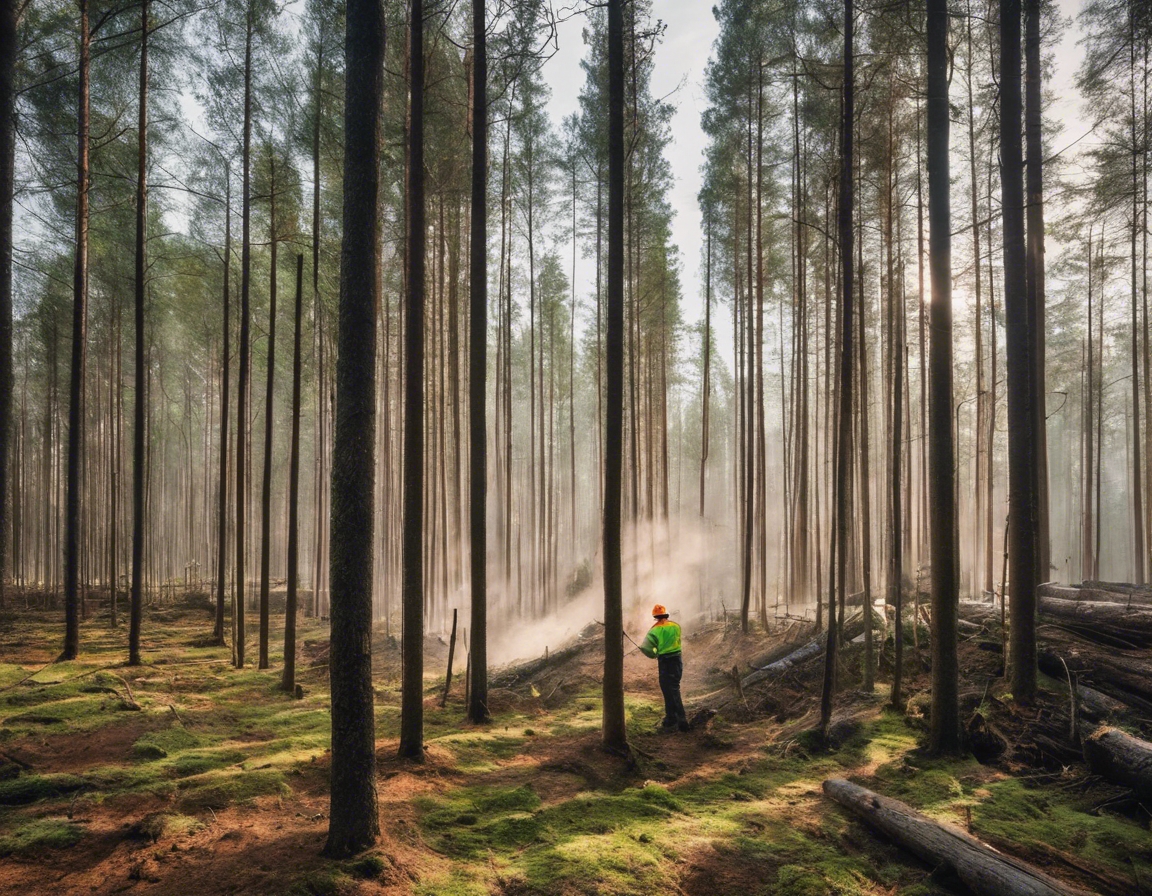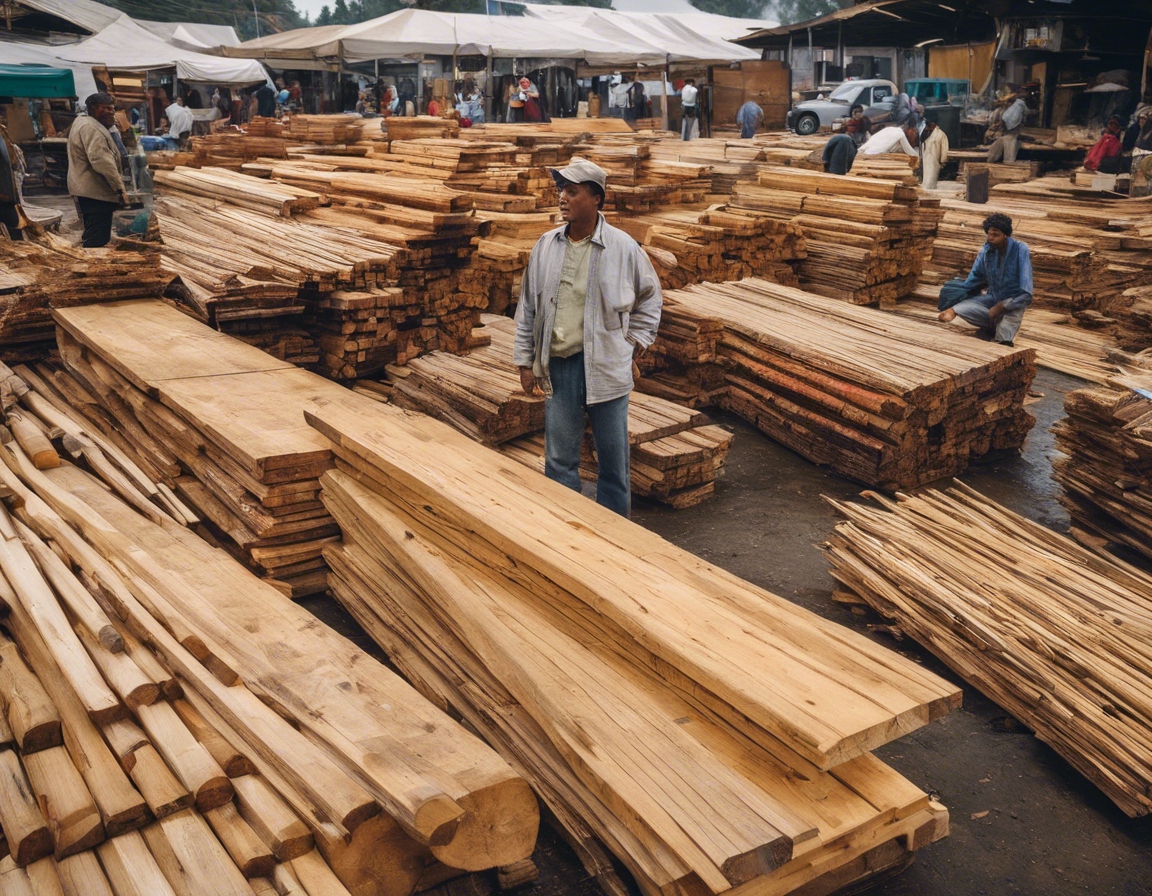Timber trade secrets: how to choose quality lumber
Timber is broadly categorized into two types: hardwood and softwood. Hardwoods, derived from deciduous trees, are typically denser and more durable, making them ideal for furniture and flooring. Softwoods come from coniferous trees and are generally easier to work with, often used in construction and paper manufacturing. Knowing the type of timber suitable for your project is the first step in selecting quality lumber.
Grain patterns not only influence the aesthetic appeal of wood but also its structural integrity. Straight grains are preferable for their strength and ease of working, while unique patterns like curls or bird's eye can add value and beauty to custom pieces.
Wood is a hygroscopic material, meaning it absorbs or releases moisture relative to its environment. The moisture content of lumber can significantly affect its performance. Lumber that hasn't been properly dried can warp, crack, or swell, leading to structural issues. It's crucial to choose lumber with an appropriate moisture content for your climate and intended use.
Assessing Timber Quality
A thorough visual inspection can reveal much about lumber quality. Look for uniform color and texture, and be wary of knots, splits, or other imperfections that could weaken the wood or interfere with your project.
The Janka hardness test measures the resistance of wood to denting and wear. It's a good indicator of how well a wood species can withstand daily use and is particularly important for flooring and furniture.
Dimensional stability is key to the longevity of wood products. Inspect lumber for any signs of warping or twisting, as these can indicate poor drying practices or inherent weaknesses in the wood.
Sustainability and Ethical Sourcing
For businesses that prioritize eco-friendly materials, the sustainability of timber is a critical consideration. Sustainable forestry practices ensure that wood products are sourced without depleting resources or harming ecosystems.
Look for certifications like FSC (Forest Stewardship Council) or PEFC (Programme for the Endorsement of Forest Certification) which indicate that the timber has been sourced responsibly. These certifications are a testament to the commitment of suppliers like PROFITIMBER OÜ to environmental stewardship.
Practical Tips for Selecting Lumber
Lumber grades, set by organizations such as the National Hardwood Lumber Association (NHLA), provide a standardized way of assessing wood quality. Familiarizing yourself with these grades can help you make informed decisions and ensure consistency in your projects.
Accounting for wood waste is essential for accurate budgeting. Understanding how much lumber you'll need, including allowances for cuts and errors, can help you purchase the right amount of timber without overspending.
If your project has specific requirements, don't hesitate to discuss custom orders with your supplier. A reputable company like PROFITIMBER OÜ can provide tailored solutions to meet your unique needs, ensuring the highest quality for your end product.






Comments (0)